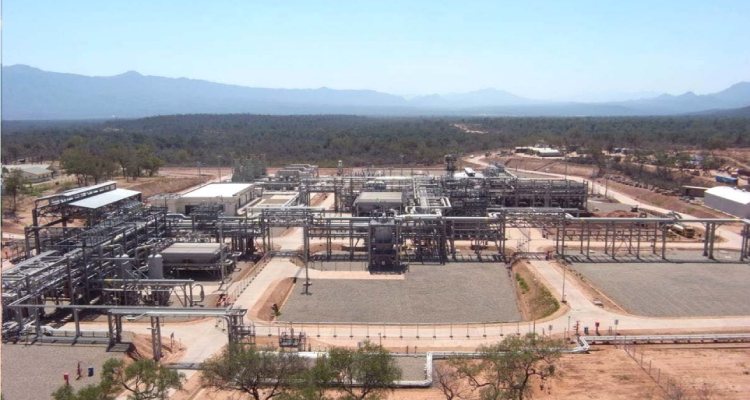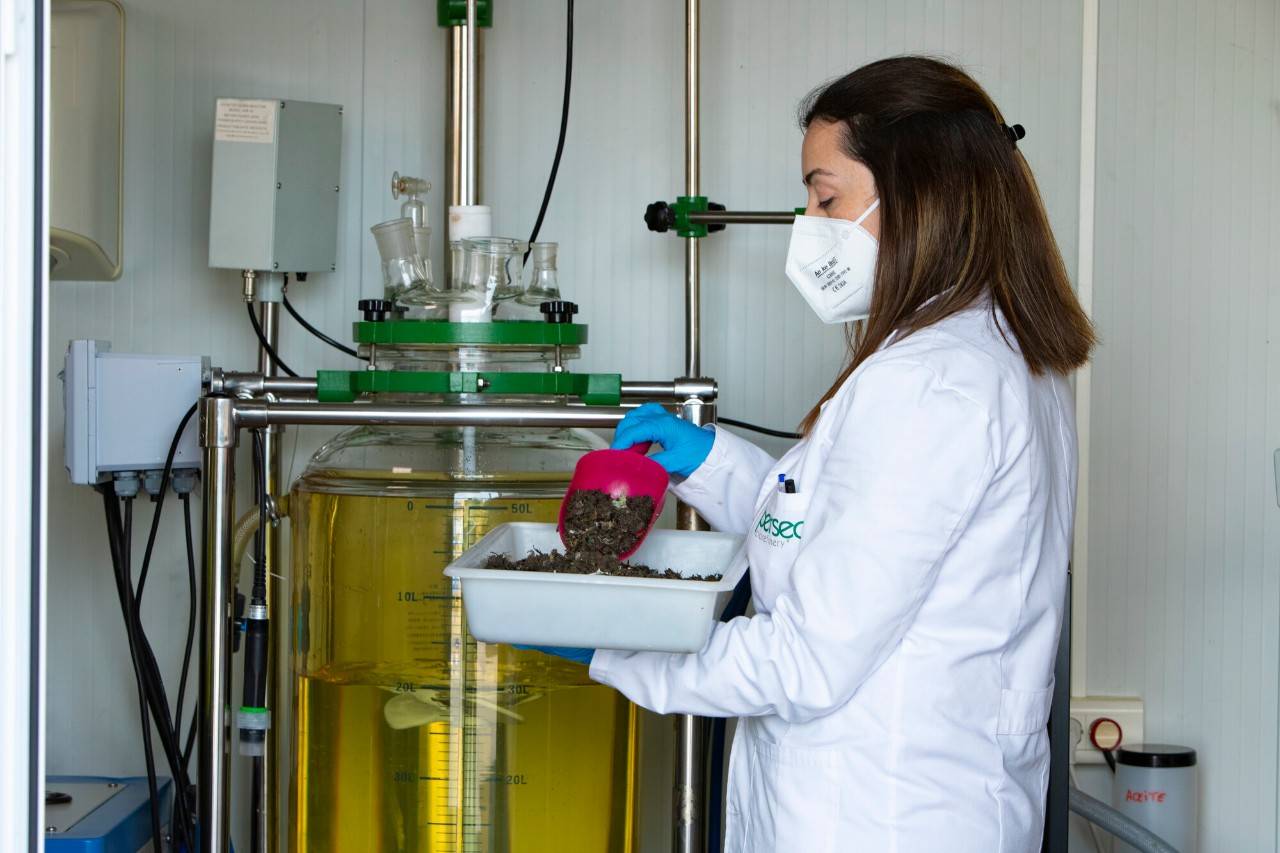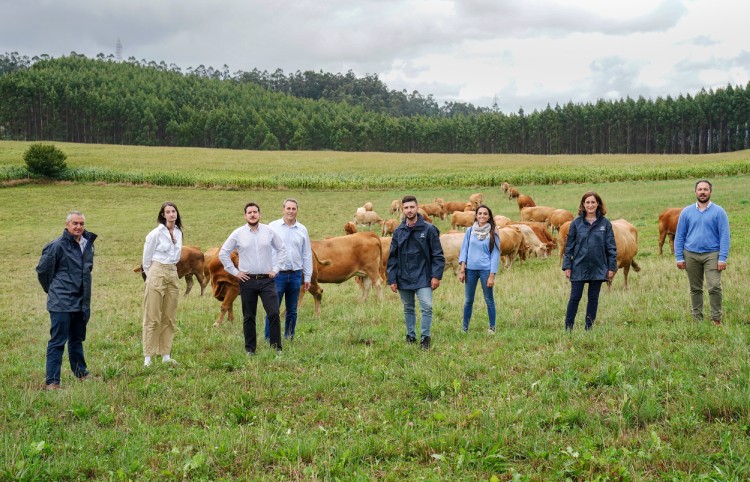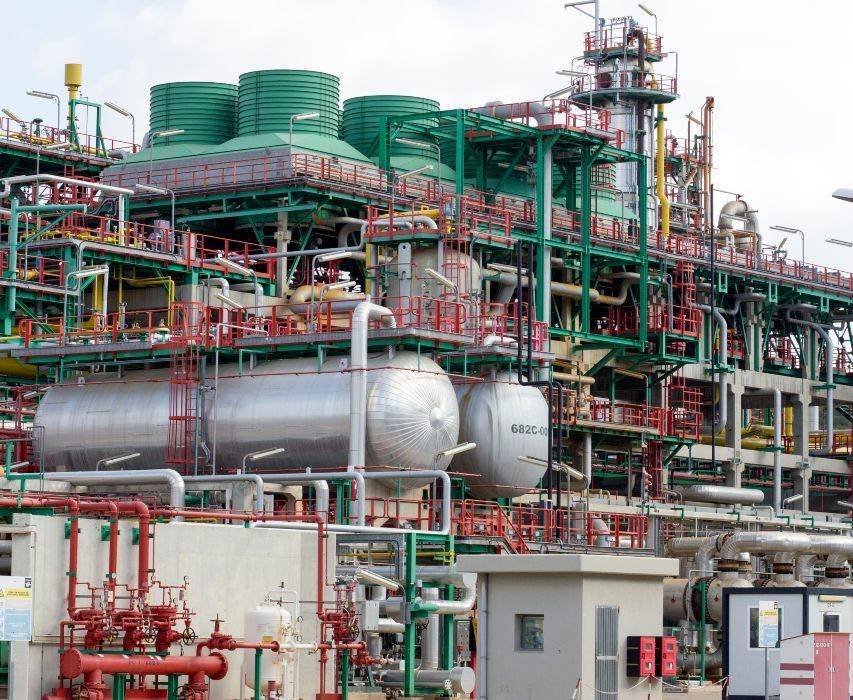Drilling mud management:
Transforming waste into new resources
What does this technique consist of?
Thermal desorption is a process in which drilling cuttings are heated (with initial concentrations of hydrocarbons between 5-50%) until reaching temperatures between 95 and 500°C, allowing evaporation and condensation of water and hydrocarbon. This enables us to obtain a dry solid material (ash) with a lower hydrocarbon content.
Benefits of this initiative
The advantages of using the thermal desorption technique are:
Reusing water and fuel
Consume less virgin raw materials by reusing the water and fuel extracted from waste treatment.
Creating less waste
Reducing the amount of final waste therefore reduces the environmental footprint.
























